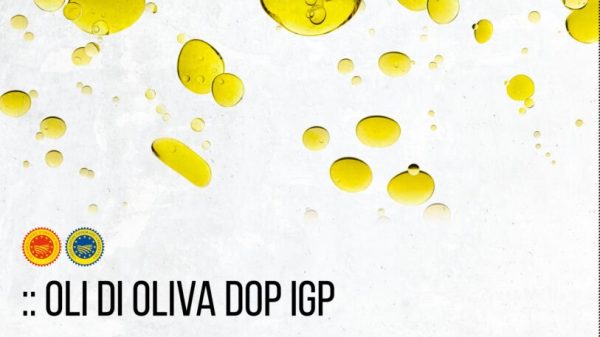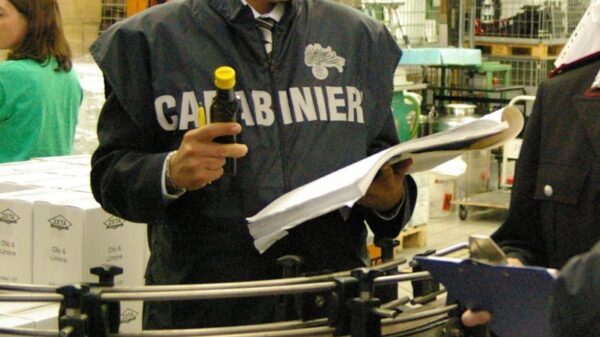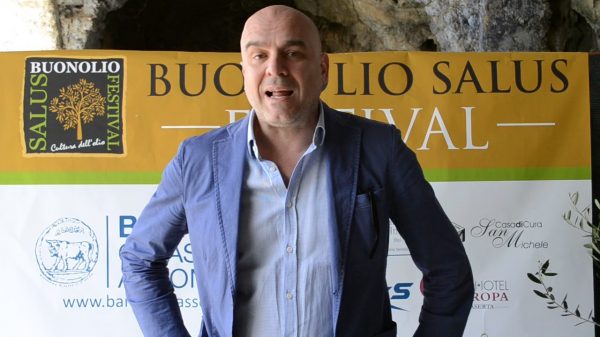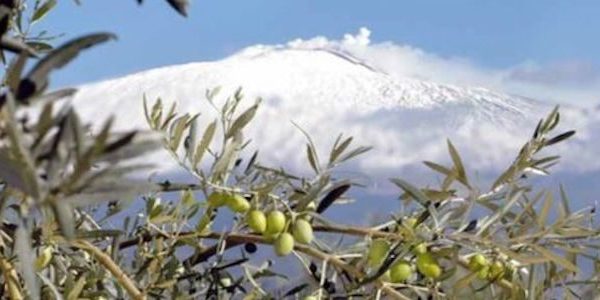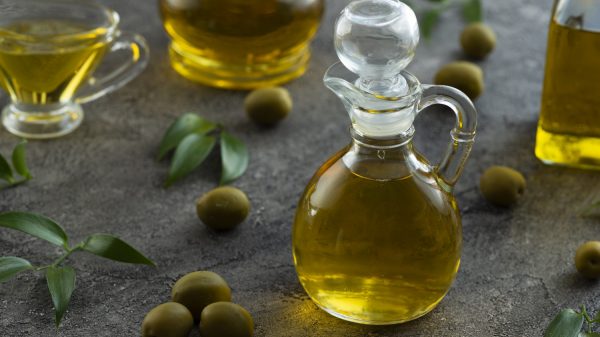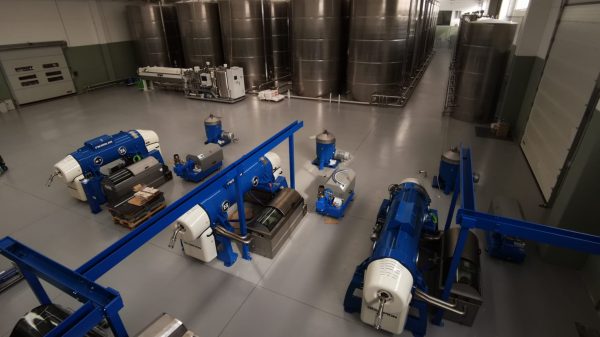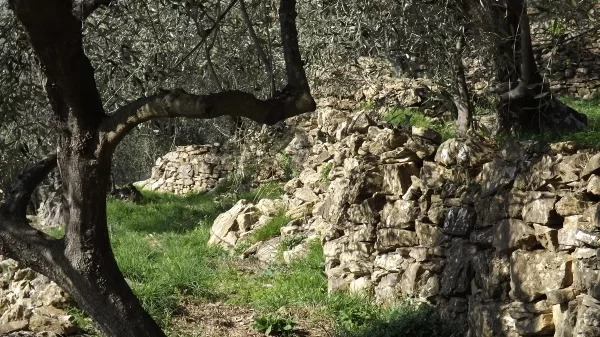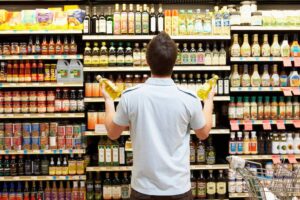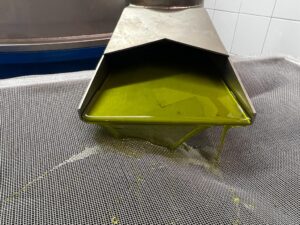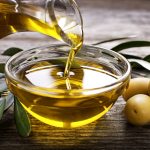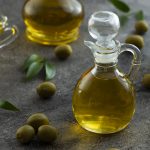For an extra virgin olive oil packaged in a dark green glass bottle, they are enough 5 months of shelf light exposure of a supermarket to be damaged by the photo-oxidation and thus modify its flavour, progressively losing even its healthy properties. After 8 months it even loses the requirements to be able to define itself as extra virgin. Therefore, if it is believed that the oil will not be consumed in a decidedly shorter period of time (regardless of whether it is on the shelf of a supermarket or in any case subject to prolonged light over time), better to choose black coated or colored bottles with multilayer coating, which offer strong protection, respecting a glass culture that is dominant in the olive oil sector. Other forms of packaging are also good, such as tetrapack, bag in box or aluminium.

This is the outcome of a study conducted by a pool of researchers - which examined the changes in the quantity and quality of phenols, polyphenols, volatile compounds and sensory attributes - in which also participated Maurizio Servili, professor of Food Science at the University of Perugia (in the picture) who explains: “The impact of light on extra virgin olive oil is decisive due to one of its components, chlorophyll, a pigment that generates photo-oxidation, changing the quality profile of a bottle over time. It doesn't happen with any other oil, because it is practically absent in most other fats, such as sunflower or soybean oils."
In the study, the researchers exposed some samples of extra virgin olive oil – bottled in containers made of green glass, dark glass absorbing ultraviolet rays and tetrapacks – to illumination for 12 hours each day (and the remaining 12 in the dark)i.e. in conditions similar to those found in many supermarkets. They even changed their position, just like you do in a supermarket, in order to avoid the same type of exposure. The oils were extra virgin with an acidity of less than 0,5 and a phenol content of about 700 milligrams per kilo. After 150 days, as mentioned, the oil found products deriving from an ongoing rancidity process. After 240 days of exposure to those conditions, all the glass samples could no longer be classified as extra virgin (some glass samples, however, kept in absolute darkness, had registered only small changes, a condition then maintained for a good two years). After 300 days, the olive oil in the green glass had lost the Present in several = 96% of its phenols, while thePresent in several = 87% it had been lost with tinted glass bottles. Conversely, the tetrapack fared much better, with an average reduction of just the 25% of bioactive phenols.
A confirmation that the light, Therefore, like high temperature, stay one of the enemies of extra virgin olive oil. A final clarification: in Italian supermarkets an oil rarely stays on the shelf for more than a few weeks, given that it is a widely consumed good. The issue, rather, may concern those oils destined for the foreign market where exposure to light can be recorded both during transport and during the period of exposure on the shelf of a shop or market.
